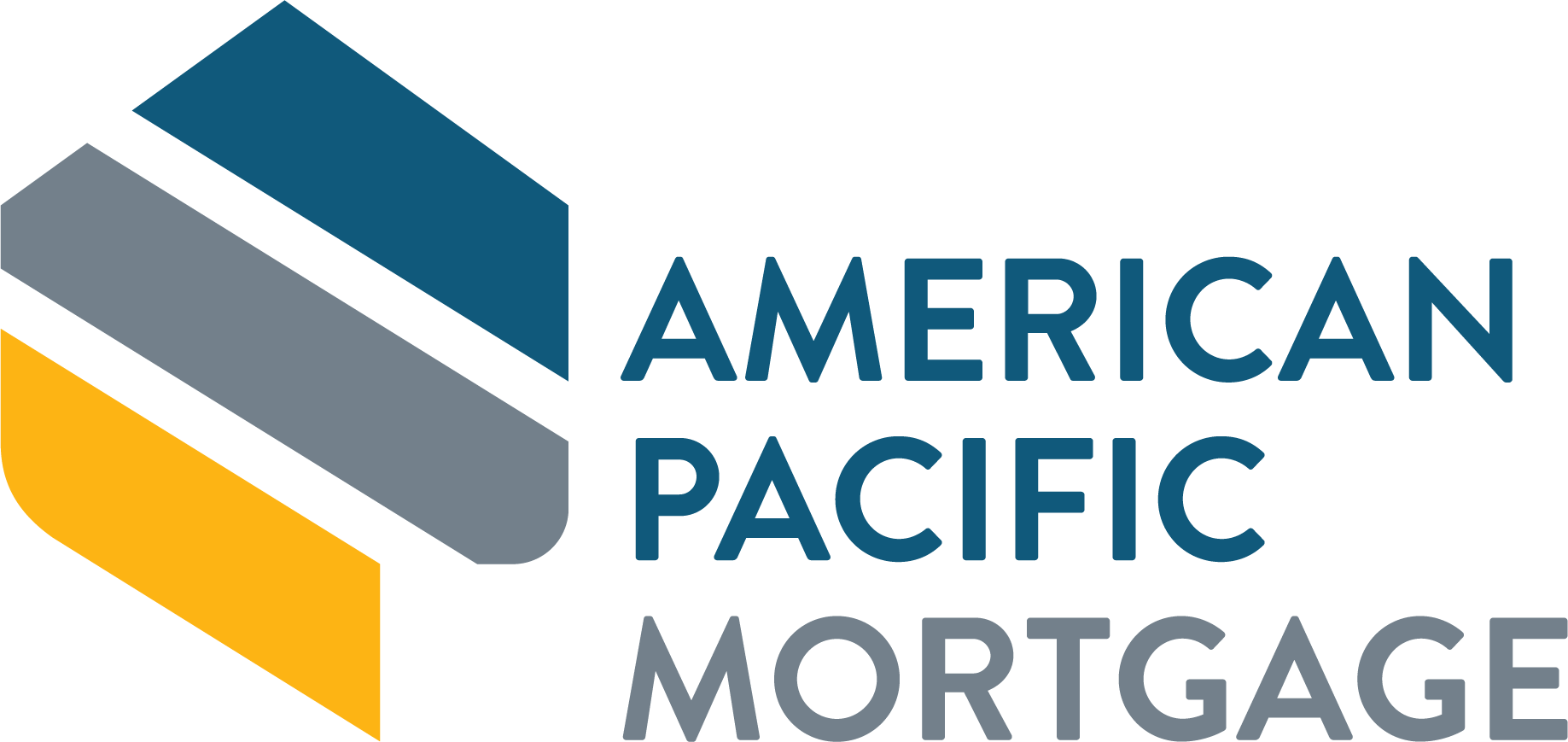
Social media plays a significant role in any loan officer’s marketing strategy. That’s because it has proved to be a powerful way to interact with consumers, clients, and referral partners.

The right social media marketing strategy can increase your brand awareness and help humanize your mortgage business. Your profiles, posts, and interactions on the various social media platforms will help you build connections with your target audiences.
When creating a social media marketing plan, remember that trends, algorithms, and user demographics are constantly evolving. So it’s always a good idea to refresh your strategies and try new things. Most importantly, stay active on the same channels as your current and prospective clients, and be consistent in your social media efforts.
Keep reading to learn which social media platforms to consider, to get some good content ideas, and to learn about the best practices to follow for increasing followers and engagement.
Social Media Platforms
Different platforms attract different audiences and types of content. Let’s discuss some of the most important ones and some of the features and tools that loan officers can use on each channel.
Facebook is still the largest social media channel, with more than 3 billion monthly users worldwide. Facebook is great for a small business looking to connect with local customers. That’s because you can create a business profile with contact information, reviews, a call-to-action button, and more.
Stories is a Facebook feature in which you can connect with your audience in real time and post content that is visible to followers for just 24 hours. You can include polls, links, stickers, reposts, and more with your Stories.
Reels are another way to engage with your Facebook followers. These are short-form videos designed to capture the viewer’s attention in seconds. You can add special effects and music to your Reels or just use your voice to share a quick message that’s timely, informative, or entertaining.
X (Twitter)
Formerly known as Twitter, X is the number one platform for discovery. Its users average 30.9 minutes per day on the site (source: X Business). Since posts have a 280-character limit, you can keep it short and to the point and post as frequently as you like.
You can grow your following on X by liking, responding to, and sharing other people’s posts. You can also conduct surveys, ask questions, and join in on discussions. All this makes X the perfect platform for gaining knowledge about industry trends and your customers’ preferences and pain points.
Instagram is a major hub for many businesses, brands, and influencers. Instagram is all about sharing visually engaging content, so being creative comes in handy here. You can post via various content formats, including Feed posts, Stories, Lives, and Reels.
As of August 2023, 27.4% of Instagram users in the United States were between 25 and 34 years old, and 25.1% were 18 to 24 years old (source: Statista). This makes Instagram an ideal platform for Gen Z lead generation and sharing content targeted toward the first-time homebuyer.
You can access valuable analytics and insights if you switch to an Instagram Business account. There you’ll be able to track your reach, your social media engagement, and your follower data, including a breakdown of your audience demographics and follower growth over time. You can then use this data to customize your content for maximum engagement moving forward.
LinkedIn remains the best platform for B2B marketing, sharing industry-specific content, recruiting new talent, and networking with referral partners such as real estate agents and builders.
Considering your audience on LinkedIn, this is where you can share your mortgage business success stories, customer reviews and testimonials, and blog posts. You can also highlight your company culture and share mortgage industry news and trends while positioning yourself as a thought leader.
TikTok
In the first quarter of 2022, TikTok became the number one most downloaded app. Love it or hate it, this hugely popular short-form video app has a hyper-personalized algorithm that keeps users scrolling for more. But remember that TikTok tends to attract a younger audience than the other social media platforms.
Testing is important when it comes to posting content on TikTok. So create videos featuring different types of content—whether funny, personal, or informative—to see which type resonates with your audience and gets the most engagement.
YouTube
YouTube is the second-largest search engine in the world, right behind its parent, Google. Having a YouTube channel for your business can help you reach new audiences, attract qualified leads, and convert those leads into customers.
On YouTube, the secret sauce for getting people to discover your videos comes down to three letters: S-E-O. Optimizing your video descriptions, titles, and tags—and creating content around topics that users are searching for—can help you increase your followers and viewership.
You can do a quick Google search to see what keywords and key phrases people are searching for. For example, type “mortgage” and “homebuying” into the search bar and pay attention to what topics come up as top-ranking content. Then build out your own video content strategy, where you continue to produce long-form videos or YouTube Shorts and add to your existing playlist each week.
Whichever social media platforms you pick to have a presence on, just be sure not to spread yourself too thin. It’s better to do one or two platforms really well than to have several social media accounts that show little content and minimal effort.
Social Media Content Strategy
The type of content you produce will depend on the platform you’re posting it on. However, your common social media content strategy goal across all channels is to promote your mortgage business.
Below are some loan officer marketing ideas that can work across multiple platforms:
- Industry and local mortgage and real estate news: Keep your potential customers informed with timely information.
- Behind the scenes (BTS) content: Highlight your team and your day-to-day operations.
- Customer-focused content: This includes client success stories, storytelling, reviews, and testimonials.
- Audience-specific content: Some good ideas here include first-time homebuyer tips, content explaining the loan process, the do’s and don’ts of home financing, and program information.
- Get personal: Remember to integrate your personal interests so people can get to know you personally, outside of your mortgage business.
- Visual content: Use visually appealing content, such as personal branding photos, customer photos, or videos, to explain mortgage concepts or market trends.
- Educational content: Use video to break down complex mortgage terms and processes in easy-to-understand posts. Explain current market trends, interest rates, and their impact on mortgage payments. Create content around the mortgage application process to guide potential clients.
- Local real estate market updates: Share insights about the local real estate market, including housing trends and property values. This is the perfect opportunity to collaborate with one of your local real estate agents to co-create content and cross-promote each other.
- Testimonials and success stories: Feature client testimonials and success stories to build trust and credibility. Share scenarios, detailing how your expertise has helped clients achieve their homeownership goals.
- Live Q&A sessions: Host live Q&A sessions to answer questions and concerns related to mortgages. This is another great opportunity to collaborate with a referral partner. Engage with your audience in real time, and establish yourself as a knowledgeable and approachable expert.
- Industry news and updates: Share breaking news as quickly as possible, and provide insights on how these changes may impact potential homebuyers or refinancers.
- Community involvement: Highlight your involvement in local community events, charities, or sponsorships. Showcase your commitment to supporting the community beyond just mortgage services.
- Interactive workshops and webinars: Host online workshops or webinars on topics like first-time homebuying tips, financial planning, or credit score improvement. Provide valuable information that positions you as an authority in the field.
A good mix of content will help keep your feed fresh and nurture more personal relationships with your audience organically. For example, a post you create on Instagram Reels or TikTok might not be appropriate for your audience on LinkedIn. So don’t be afraid to mix it up and add unique content appropriate to each channel where you have a social media presence.
Social Media Best Practices
Here are a few more tips to optimize your loan officer marketing.
Consistency is key
The most important thing to remember with your social media marketing campaigns is that it pays to be consistent. If you post every day for a month and then don’t post for six months, you will see fewer benefits than if you had posted every other day for six months straight.
Your followers want to hear from you on a regular basis. Remember, the whole point of social media is to be social and create authentic connections.
Lean in to video marketing
Using video as the vehicle to deliver your content is a sure way to build connections with your audience, promote your mortgage expertise and products, share information and tips, and position yourself as a trusted adviser on home loans.
Right now short-form, vertical video is a must-do across all platforms. For more tips on producing short-form, long-form, and livestreaming videos for social media, check out our blog on Loan Officer Video Marketing 101.
Respond to messages promptly
The more quickly you respond to social media comments and messages the better. Shoot for an hour or two response time whenever possible. If you’re away from your desk or off for the weekend, you can deploy a messenger bot to respond to requests and incoming messages to let people know when they can expect to hear from you.
Follow your audience
Be sure to regularly follow and like posts of past clients, referral partners, real estate agents, and friends on all social media sites you’re active on. If there is a real estate agent you want to do business with, follow them on social media and engage with their content. Once you’ve established some rapport, you can send them a direct message to connect further.
Know your audience
It really pays to know and understand who your audience is and what they need to hear from you.
If many of your followers are renters, for example, your content creation should focus on sharing educational content on the loan application process, how to save for a down payment, tips to increase your credit score, and other helpful topics. If your audience is primarily real estate agents, then focus on your clients’ successes and share some winning stories.
Ask questions
People love to share their opinions on all kinds of topics. Ask people for their input on questions, and when they give it, be sure to respond with a quick comment. This type of engagement will help you build relationships with your audience.
Tag people
Tagging people in your posts is a strategic move to get their attention. The goal is to help them see your content and hopefully share it with their own followers. On some platforms, when you tag a person, their audience can see your post, too (depending on privacy settings). It’s a free way to dramatically increase the reach of your social media posts.
Use location tagging
Tagging your location is another good way to increase engagement on a post and get more people to see it.
Use good hashtags
Relevant hashtags are essential on Instagram. You can use up to 30 hashtags per Instagram post, but you should not use the same hashtags for every post. On Facebook and Twitter, three to five hashtags per post is usually adequate.
With hashtags, pay attention to quality over quantity. It’s far more important to use the right hashtags to get in front of your following than to use a large number of hashtags.
What About Social Media Paid Advertising?
Facebook and Instagram ads can increase the reach of your social media posts, build exposure, and generate business leads. The same holds true with Google Ads on YouTube, TikTok’s paid advertising platform, and advertising on LinkedIn.
Paid ads can also encourage people to take certain actions, such as signing up for your email marketing list, scheduling a meeting with you, or opting in for a freebie you may be offering, like an ebook or a mortgage application checklist.
Here are some more pointers for paid ads:
- Understand regulatory compliance: Familiarize yourself with the regulatory guidelines and your company’s compliance requirements for advertising financial products and services. Each social media platform has regulations for users promoting financial products and services that you will also need to comply with. These will impact the way you build and target your ads.
- Define clear objectives: Clearly define the objectives of your social media advertising campaign. Are you aiming to generate leads, increase brand awareness, or promote specific loan products? Knowing your goals will help shape your advertising strategy.
- Identify the target audience: Define your target audience based on factors such as demographics, interests, and behaviors. This will help you tailor your messaging and reach the right people with your ads.
- Ad platform selection: Choose the social media platforms that align with your target audience. Different platforms will attract different demographics, so it’s essential to focus your efforts where your potential clients are most active.
- Budget planning: Set a realistic budget for your social media advertising campaign. Consider factors such as the cost per click (CPC) or cost per impression (CPM) on the chosen platforms. Allocate your budget strategically to maximize the impact of your campaign.
- Ad content and creatives: Develop engaging and compliant ad content. Clearly communicate the benefits of your loan products while adhering to regulatory guidelines. Use high-quality visuals and compelling copy to capture your audience’s attention.
- Landing pages: If you’re using landing pages, make sure you link you ads to them to provide a seamless and user-friendly experience. Landing pages should be relevant to the ad content, provide clear calls to action, and have the necessary disclosures to be compliant.
- Ad tracking and analytics: Implement tracking tools and analytics to monitor the performance of your ads. This includes tracking clicks, impressions, conversions, and other relevant metrics. Regularly analyze this data to optimize your campaign for better results.
Learn More with APM
If you’re like most loan officers, you already know you should be active on social media. At APM, we have the tools, support systems, and plug-and-play content to help you engage your following without creating a time suck.
We’ve also built the ultimate guide to social media marketing to help you navigate the ins and outs of today’s digital marketing. You can download your copy by clicking here.





